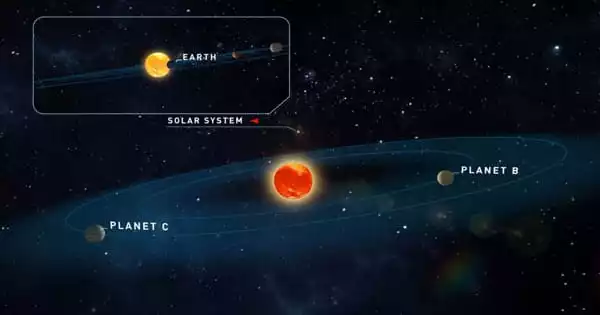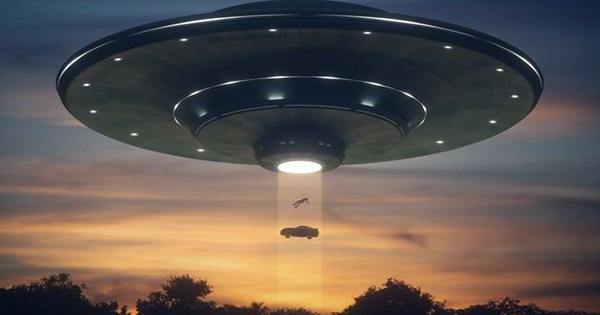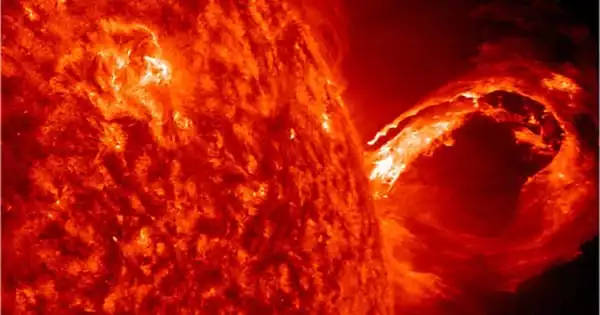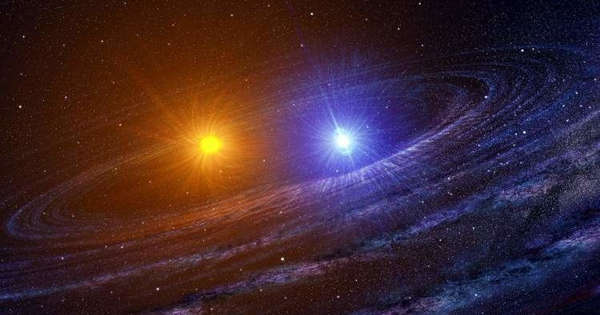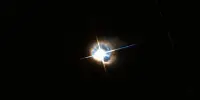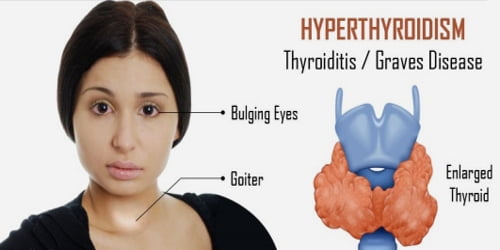Teegarden’s Star b is an exoplanet that orbits an M-type star. It is an exoplanet discovered orbiting within the habitable zone of Teegarden’s Star, an M-type red dwarf star located approximately 12 light-years from the Solar System. It has a mass of 1.05 Earths, takes 4.9 days to complete one orbit around its star, and is 0.0252 AU away from it. As of April 2020, it is the fourth-closest potentially habitable exoplanet after Teegarden’s Star c, GJ 1061 c, d, Luyten b, and Tau Ceti e. It was discovered in 2019 and was announced.
Discovery
In July 2019, a team of over 150 scientists led by Mathias Zechmeister published a peer-reviewed article in Astronomy & Astrophysics as part of the CARMENES survey, confirming the existence of two candidates exoplanets orbiting Teegarden’s Star. On June 18, 2019, an international team of astronomers from the University of Göttingen announced the discovery. On May 14, 2019, their peer-reviewed findings were accepted in Astronomy & Astrophysics.
Doppler spectroscopy (also known as the radial velocity method) was required to detect possible exoplanets due to the alignment and faintness of Teegarden’s Star. This method detects exoplanets indirectly by observing their effects on the radial velocity of a host star, which is the speed at which it moves towards or away from the Earth. These radial velocity anomalies, in turn, cause doppler shifts that can be seen with a powerful enough spectrograph-equipped telescope.
To accomplish this, the team used the CARMENES instrument on the 3.5-meter telescope of Spain’s Calar Alto Observatory. After three years of observation, two periodic radial velocity signals emerged: one at 4.91 days (Teegarden’s Star b) and another at 11.41 days (Teegarden’s Star c).
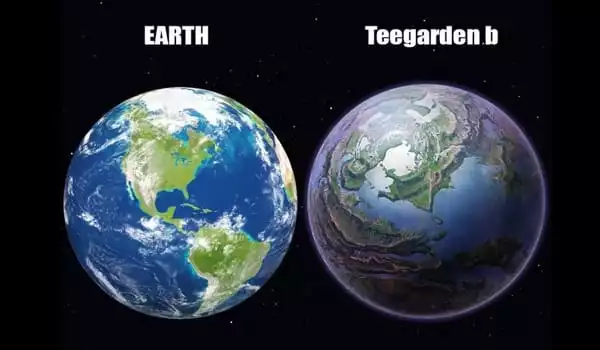
Characteristics
Teegarden’s Star b, with an orbital period of only 4.91 days, is the closest known planet to Teegarden’s Star. The planet’s minimum mass is 1.05 Earth masses (M🜨); this value would be the true mass if the planet’s orbit was not inclined from the perspective of the Earth. As a result, Teegarden’s Star b is likely to be rocky. Teegarden’s Star b could even have an ocean on its surface.
Habitability
Teegarden’s Star b orbits within the host star’s potentially habitable zone. This implies that its atmospheric composition may permit the formation of stable liquid water on its surface.
The planets are among the closest discovered so far, at 12.5 light-years away. Teegarden b and c are the names given to them by astronomers. They are now known to be the fourth-nearest habitable zone exoplanets to Earth. Teegarden’s star system is the 24th closest to ours.
The host star is another factor in Teegarden’s Star b’s potential habitability. Most red dwarfs emit powerful flares that can deplete the atmospheres of their planets, rendering them uninhabitable. A good example is Kepler-438b, which has an ESI score of 0.88 but is likely uninhabitable due to its active star, and another is Proxima Centauri, the nearest star to us. Teegarden’s Star, on the other hand, is relatively inactive and quiet, raising the possibility that Teegarden’s Star b is habitable. Luyten’s Star is another quiet red dwarf with a potentially habitable exoplanet.
